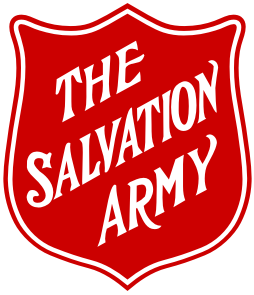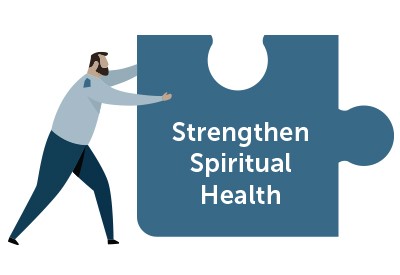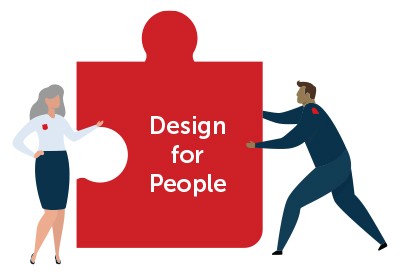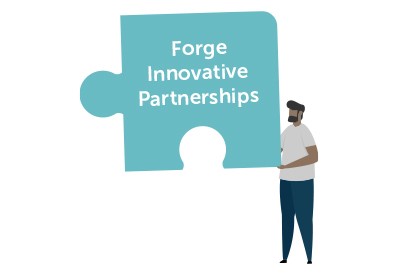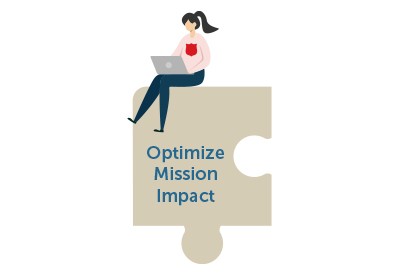TERRITORIAL STRATEGIC PLAN UPDATE
In 2021, The Salvation Army Canada and Bermuda Territory established our territorial strategic plan to help us fulfill our vision to be "an innovative partner, mobilized to share hope wherever there is hardship, building communities that are just and know the love of Jesus."
Our strategic plan is organized into four key pillars, each containing three objectives and several initiatives. The pillars are: Strengthen Spiritual Health, Design for People, Forge Innovative Partnerships and Optimize Mission Impact.
Since launching our strategic plan, we have been actioning initiatives to bring the plan to life. As we move into the fourth year of the strategy, we reflect on the changes that have been realized so far and the new initiatives that need to be developed as we journey to fulfill our vision by 2030. In 2025, we will design our refreshed strategic plan.
![]()
Progress as of January 2025
Pillar 1 - Strengthen Spiritual Health
Spiritual health is a critical component of creating places and programs that holistically meet the needs of society. Our outreach is a natural extension of our desire to recognize everyone as made in God's image and worthy of respect and care. When our values are strong and rooted in biblical principles, we can be a transforming influence in the communities in which we serve.
| OBJECTIVE | PROGRESS UPDATE |
| 1.1 Our Christian faith pathways result in robust and authentic discipleship |
|
| 1.2 Our ministry units are places of holiness and spiritual vibrancy |
|
| 1.3 Our communities of faith are flourishing |
|
Pillar 2 - Design for People
People are our most valuable resource. Driven by Christian love and principles, we strive to be a welcoming movement with people that are equipped to deliver and support mission within a culture of innovation and accountability.
| OBJECTIVE | PROGRESS UPDATE |
| 2.1 Driven by Christian love and principles, we are a welcoming movement for all |
|
| 2.2 Our HR systems equip people to best deliver and support mission |
|
| 2.3 Our culture encourages innovation that enables a strong, sustainable, growing movement |
|
Pillar 3 - Forge Innovative Partnerships
This pillar intends to create internal processes that support mission, build partnerships to serve mission and to pursue knowledge and understanding of spiritual and social issues to bring solutions and thought leadership in Canada and Bermuda.
| OBJECTIVE | PROGRESS UPDATE |
| 3.1 Internal processes support mission |
|
| 3.2 Strategic partnerships serve mission |
|
| 3.3 We pursue knowledge and understanding of spiritual and social issues to develop solutions, ideas and thought leadership |
|
Pillar 4 - Optimize Mission Impact
This pillar has focused on optimizing our mission through the transformational influence our lives of faith have in our communities, ensuring our efforts place us where we are needed most and can be most effective and strengthening our support and our delivery models so we can focus on effective holistic mission.
| OBJECTIVE | PROGRESS UPDATE |
| 4.1 Our personal and corporate lives of faith are transforming influences in our communities |
|
| 4.2 The focusing of ministry efforts places us where we are most needed and can be most effective |
|
| 4.3 Our mission delivery and support models strengthen our ministry expressions’ ability to focus on effective, holistic mission impact |
|
As this strategic plan was targeted to complete in March 2025, we will review our strategy and then make any necessary changes to refresh the plan as we continue to journey to achieve our vision by 2030. There will be more information about our refreshed plan at the end of 2025.
